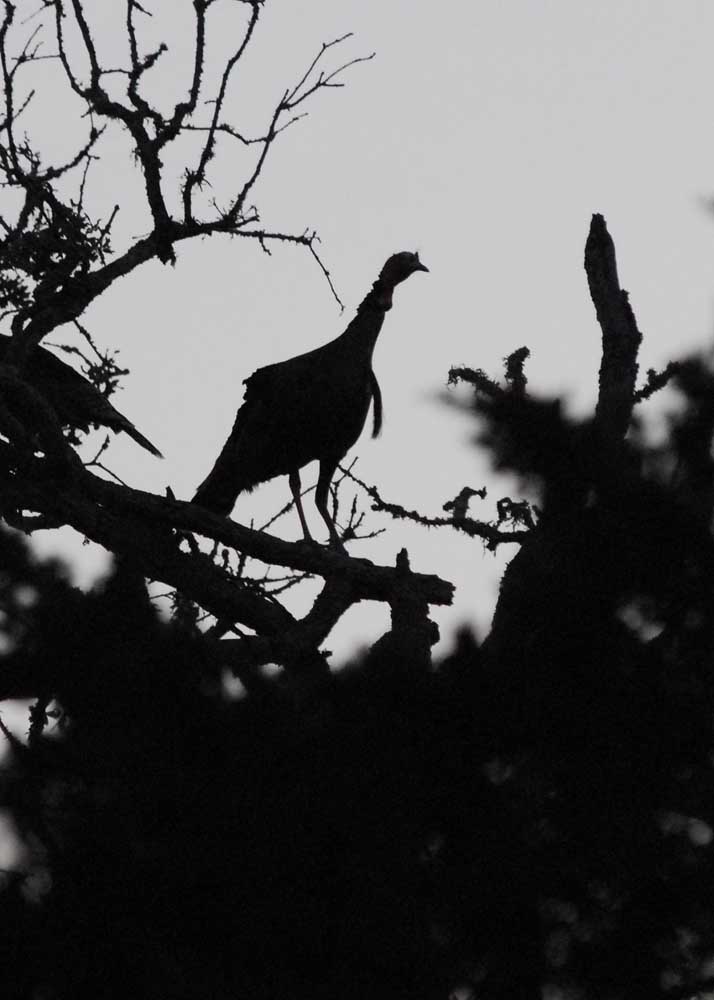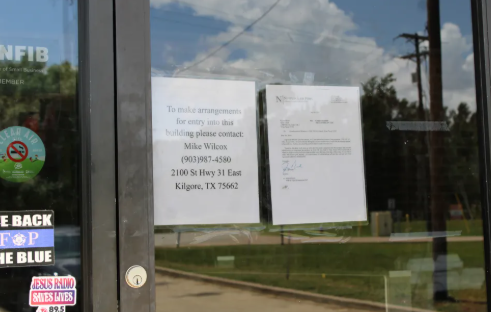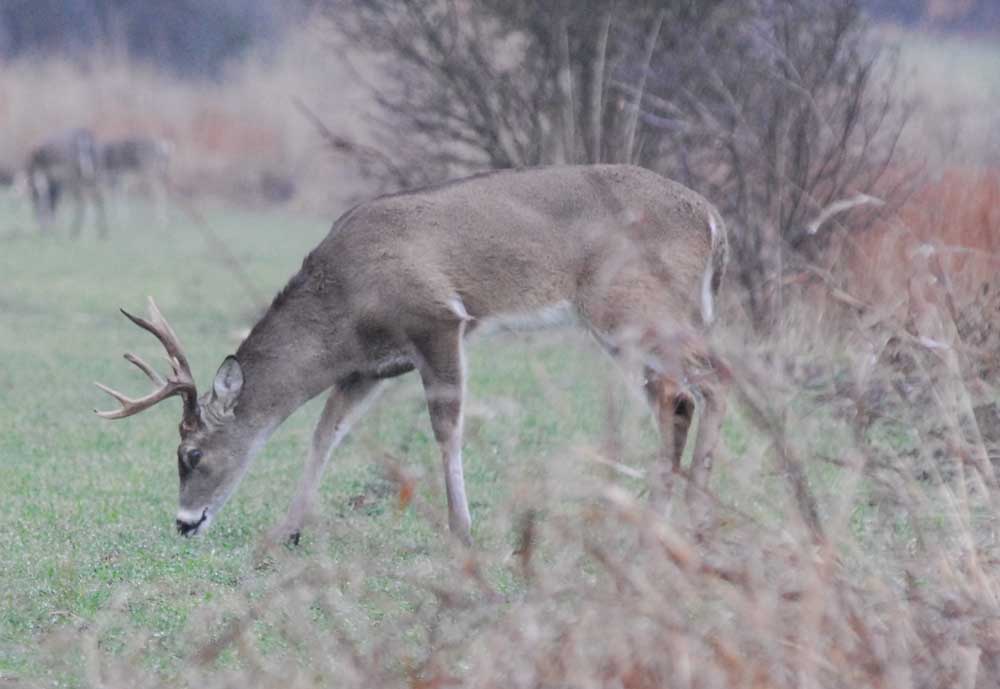Gobble-dy Gook: Success In spring turkey hunting requires luck and timing
Published 9:07 pm Friday, March 22, 2024

- Spring turkey hunting is the most interactive hunting there is in Texas. For it to work hunters need to be at the right place at the right time. (Steve Knight/Tyler Morning Telegraph)
I don’t remember what I had for supper last night and do not even ask me where I left my truck keys, but if you want to know about some turkey hunts going back to the 1970s have I got stories for you.
I have been hooked on turkey hunting since my first trip hunting them in Sutton County decades ago. It wasn’t a successful hunt, but the idea of calling one of the birds into shotgun range was a game changer.
Trending
Since then I have had the luck to hunt turkeys all over Texas. Sometimes I have won. Sometimes the birds do.
The whole game of spring turkey hunting goes against nature. In the real world it is the tom that calls the hen to it during the mating season. In hunting the hunter plays the role of the hen and attempts to call a mature gobbler in.
In this game of cat and mouse a lot has to work in the hunter’s favor, and a lot of it is out of the hunter’s control. The first, of course, is to hunt where there are turkeys.
Whether it is in Rio Grande turkey range or the 12 counties in East Texas with an eastern turkey season, there are some spots better than others. And that can vary from year to year depending on previous hatches.
Overall birds in the Rio Grande range are not as prevalent as they once were, and in some cases birds that can be seen in the fall and winter move to different areas for the spring breeding season.
This year, however, the numbers are looking good even though a large part of the population could be jakes.
Trending
“Numbers are going in a good direction. There are lots of juvenile birds in the population,” said Jason Hardin, Texas Parks and Wildlife Department’s turkey program leader.
However, there is one area with a long-term concern.
“The Rolling Plains is having issues. We have research ongoing with Texas A&M looking at habitat changes in the Rolling Plains,” Hardin explained.
Bird numbers have been in decline across much of the Rolling Plains into western Oklahoma. Two years ago the Oklahoma Department of Conservation decreased it spring limit statewide because of concerns over declining numbers.
Along with the work with TAMU, TPWD is also being proactive by collecting blood samples from turkeys statewide to sample for disease.
The next key to hunting success is finding a tom willing to work. During the spring season mature gobblers gather hens and are very protective of their haram. They normally will not leave the hens to gather up another. Instead, they will work to call that hen to them.
For a hunter’s purrs, cackles and yelps to work they must catch a tom without hens. That happens best early in the mating season or after most of the hens have been breed and gone to nest, leaving the toms looking for more.
However, it can also sometimes work by hunting and calling later in the morning and even the afternoon. If a tom has roosted with hens he will fly down first thing and strut. After a while the birds will go off to feed and bred hens will go sit on nests. With the hens gone the toms are on the prowl again and vulnerable to calls.
Sometimes, and it can be fun, a tom can be with an old hen that for whatever reason does not like competition. In those cases the old hen will start responding to your calls and come looking for a fight, dragging the tom with her.
One thing hunters can control is to be armed with the right shotgun and load. If you can call a bird in close enough any gauge will work. Last year I killed one with a 28 gauge, however, most hunters used a 12 gauge with a full of extra full choke.
For ammo a quality turkey load in a three-inch shell with No. 5 shot is perfect. Anything larger than a No. 5 is too much for a head shot and puts less pellets in the pattern.
The South Zone season opened March 16 and runs through April 28. The North Zone is open March 30-May 12 while the season for Rio Grande turkeys in one-bird counties is April 1-30.
The eastern turkey season runs April 22-May 14.
As for those stories, there was the first one taken in McCulloch County. The time I called up two toms simultaneously for my sons, Tristan and Thomas, to take their first birds in the same pasture with the marker noting the geographical center of Texas, then drop them off at the house for breakfast then going back and killing my own bird less than 30 minutes later. There was the time near Pampa I called a big bird directly from a tree to within easy range for Stephanie Cotton to take. Also, my first eastern turkey in Red River County that I worked forever until finally getting the shot. Or another on the same ranch that a friend called across an open field and I got it on my only shot opportunity when it stuck its head out between two trees.






